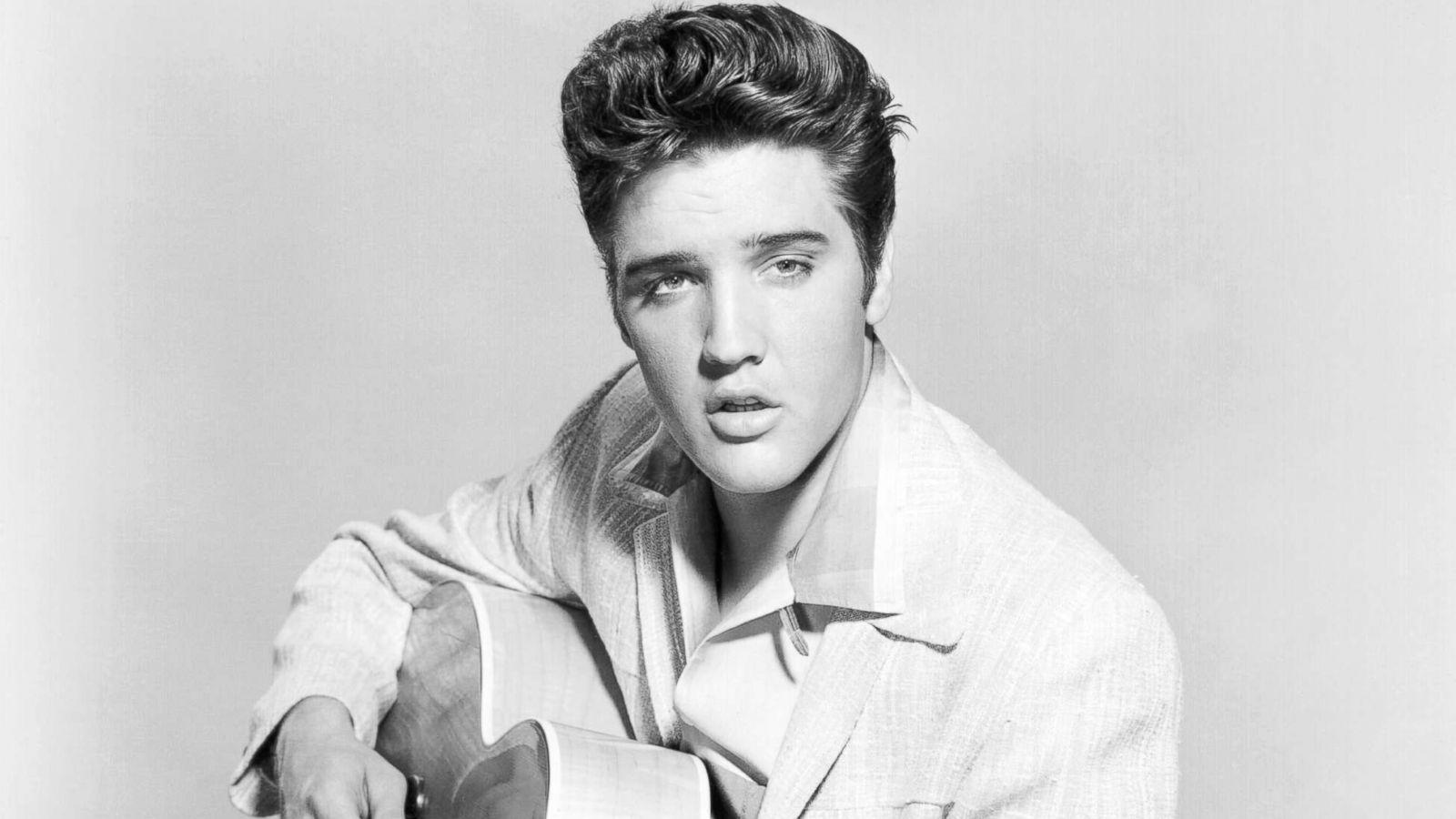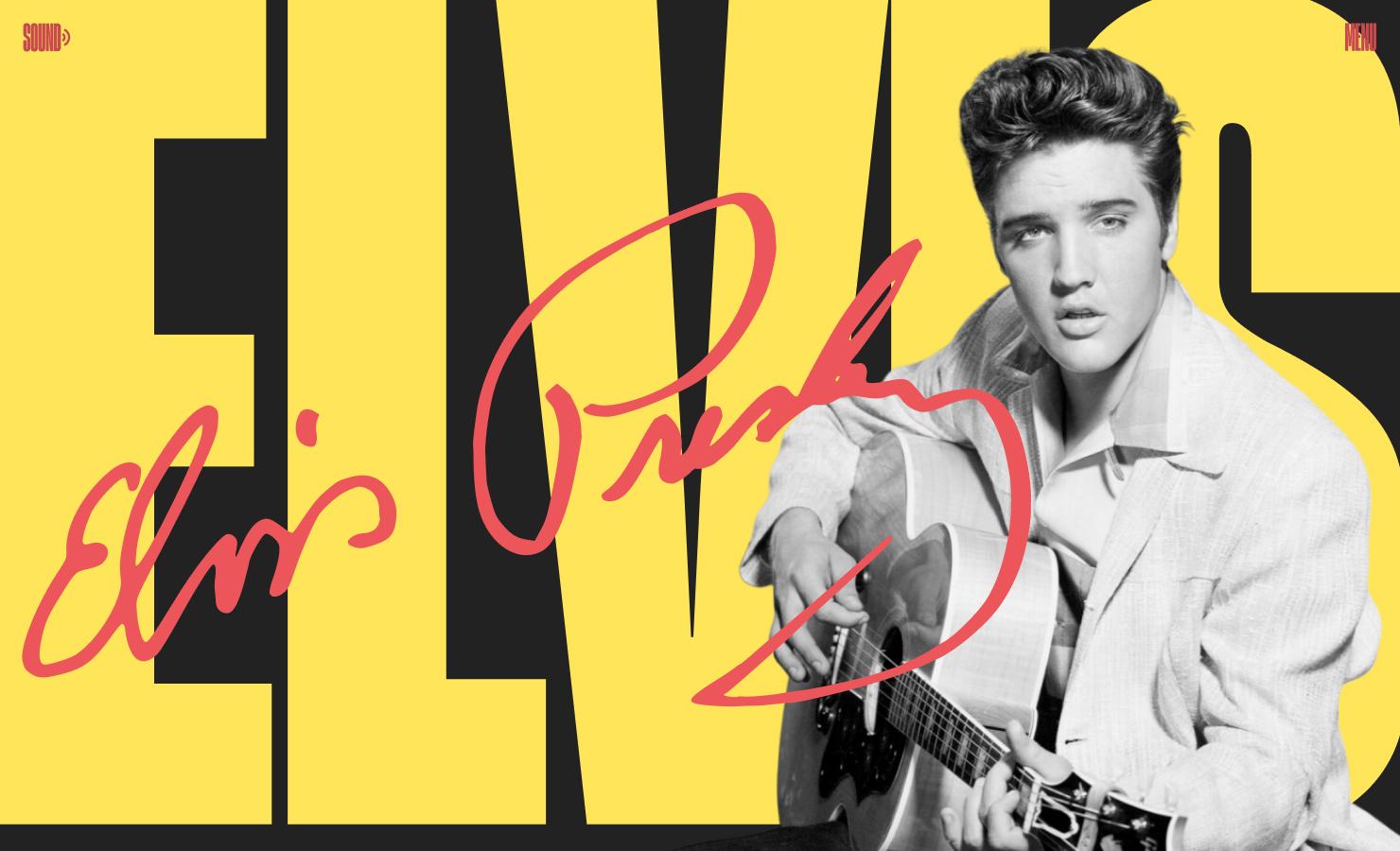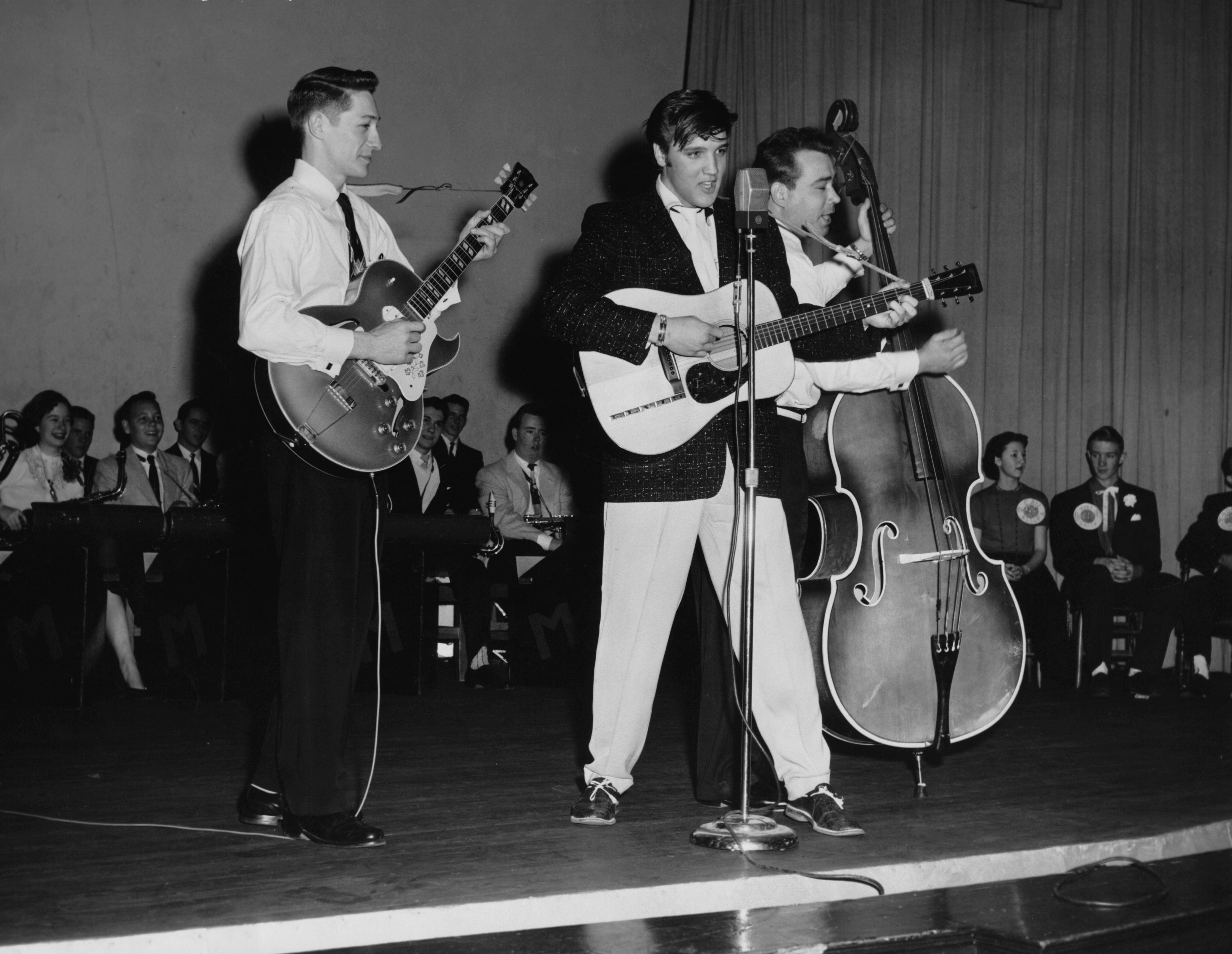In the pantheon of cultural icons, few figures loom as large as Elvis Presley. His swiveling hips and soulful voice captivated millions, creating a legacy that has endured for decades. Yet beyond the rhinestone-studded jumpsuits and chart-topping hits lies a master storyteller whose influence extends far beyond the realm of music. As we delve into the world of storytelling, Elvis emerges not just as a king of rock and roll, but as a maestro of narrative, offering invaluable lessons for anyone eager to captivate an audience. From his ability to evoke deep emotion through song to his charismatic stage presence that transformed every performance into a compelling tale, Elvis’s artistry provides a rich tapestry of insights into the timeless craft of storytelling. Join us as we explore what the King himself can teach us about weaving stories that resonate and endure.
The King’s Charisma: Crafting Engaging Narratives

Elvis Presley, the undisputed King of Rock ’n’ Roll, was more than just a musical icon; he was a master storyteller. His charisma wasn’t merely a byproduct of his musical talent; it was intricately woven into the narratives he crafted. Elvis understood the art of storytelling like few others, captivating audiences with tales that transcended the boundaries of song. Whether through the raw emotion of “Heartbreak Hotel” or the rebellious spirit of “Jailhouse Rock,” Elvis’s stories resonated because they were authentic, relatable, and vividly human.
To emulate Elvis’s storytelling prowess, consider these key elements:
- Authenticity: Elvis’s stories felt genuine because they mirrored real emotions and experiences. Craft narratives that reflect true human sentiments.
- Relatability: His tales connected with audiences on a personal level. Aim to create stories that resonate with universal truths and shared experiences.
- Emotional Depth: Infuse your narratives with rich, emotional layers to engage and move your audience.
By harnessing these storytelling elements, we can craft narratives that not only entertain but also endure, much like the legacy of Elvis himself.
Harnessing Rhythm and Repetition: A Lesson in Memorable Storytelling

Elvis Presley, the King of Rock ‘n’ Roll, mastered the art of rhythm and repetition, creating an unforgettable impact on his audience. Storytellers can learn from his technique by incorporating these elements into their narratives. Rhythm in storytelling is akin to the beat in music; it sets the pace and keeps the audience engaged. Repetition, on the other hand, reinforces key themes and emotions, making the story resonate deeply with the audience.
- Establish a Rhythm: Just as Elvis used his unique musical tempo to captivate listeners, storytellers should craft their narratives with a consistent flow. This could be through the pacing of the plot or the structure of the dialogue.
- Utilize Repetition: Elvis’s repeated choruses made his songs memorable. In storytelling, repeating crucial phrases or motifs can embed the story in the audience’s memory.
- Create Emotional Impact: The combination of rhythm and repetition can evoke strong emotions, allowing the audience to connect more deeply with the story.
By embracing these techniques, storytellers can create narratives that are not only memorable but also deeply engaging, much like the timeless performances of Elvis Presley.
Authenticity and Vulnerability: Connecting with Your Audience

Elvis Presley, the King of Rock ‘n’ Roll, wasn’t just an icon because of his music; he was a master storyteller who connected deeply with his audience. His authenticity and vulnerability were his secret weapons, and these qualities can teach us a lot about effective storytelling. Authenticity means embracing your true self, flaws and all, just as Elvis did. He wasn’t afraid to show his roots or express his emotions through his songs. This raw honesty resonated with people, making them feel seen and understood. When crafting your story, consider what aspects of your own journey can resonate with your audience. What truths can you share that will make them feel a connection?
Vulnerability is another crucial element. Elvis’s performances often laid bare his emotions, from joy to heartbreak. This openness allowed his audience to connect with him on a deeper level. To incorporate vulnerability into your storytelling:
- Share personal anecdotes that reveal your challenges and triumphs.
- Be open about your fears and how you’ve overcome them.
- Use expressive language to convey your emotions and invite your audience to feel with you.
By weaving these elements into your storytelling, you not only captivate your audience but also build a lasting relationship based on trust and empathy.
The Power of Reinvention: Keeping Stories Fresh and Relevant
Elvis Presley, the King of Rock ‘n’ Roll, was not just a music icon; he was a master storyteller who understood the art of reinvention. His ability to keep his music and persona fresh serves as a powerful lesson for storytellers across all mediums. Here’s how:
- Adaptation: Elvis continuously evolved his style, blending genres like rock, gospel, and blues. This adaptability kept his stories—his songs—relevant and engaging. Storytellers can learn from this by embracing change and incorporating new trends without losing their core essence.
- Authenticity: Despite his many transformations, Elvis remained true to his roots. His authenticity resonated with audiences, creating a lasting connection. Maintaining an authentic voice while exploring new directions is crucial for any storyteller aiming to engage their audience deeply.
- Innovation: Elvis was unafraid to break norms and experiment with his craft. This innovative spirit is essential in storytelling to capture attention and surprise audiences. By daring to challenge conventions, storytellers can craft narratives that are both memorable and impactful.
By channeling the spirit of Elvis, storytellers can ensure their tales remain vibrant and compelling, capturing the hearts of audiences across generations.



